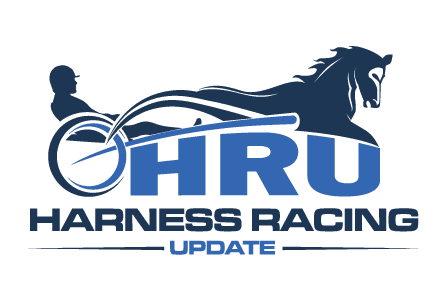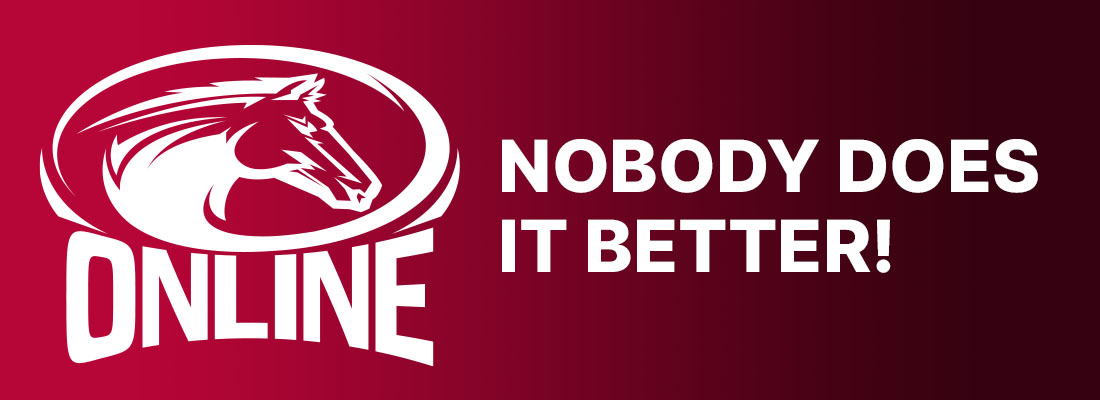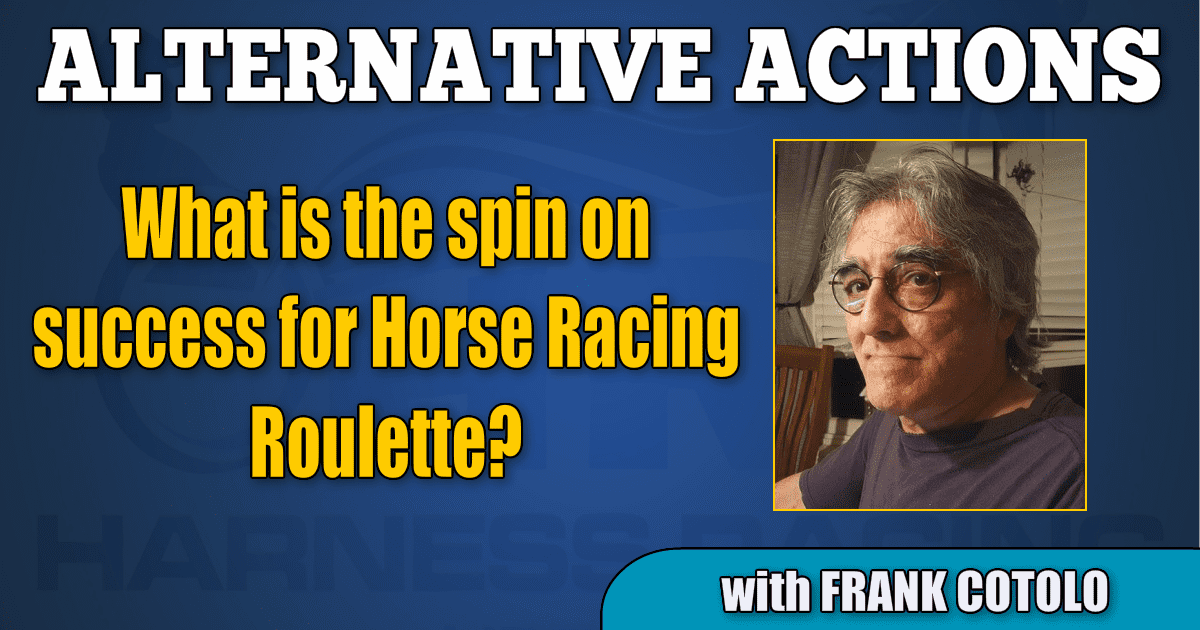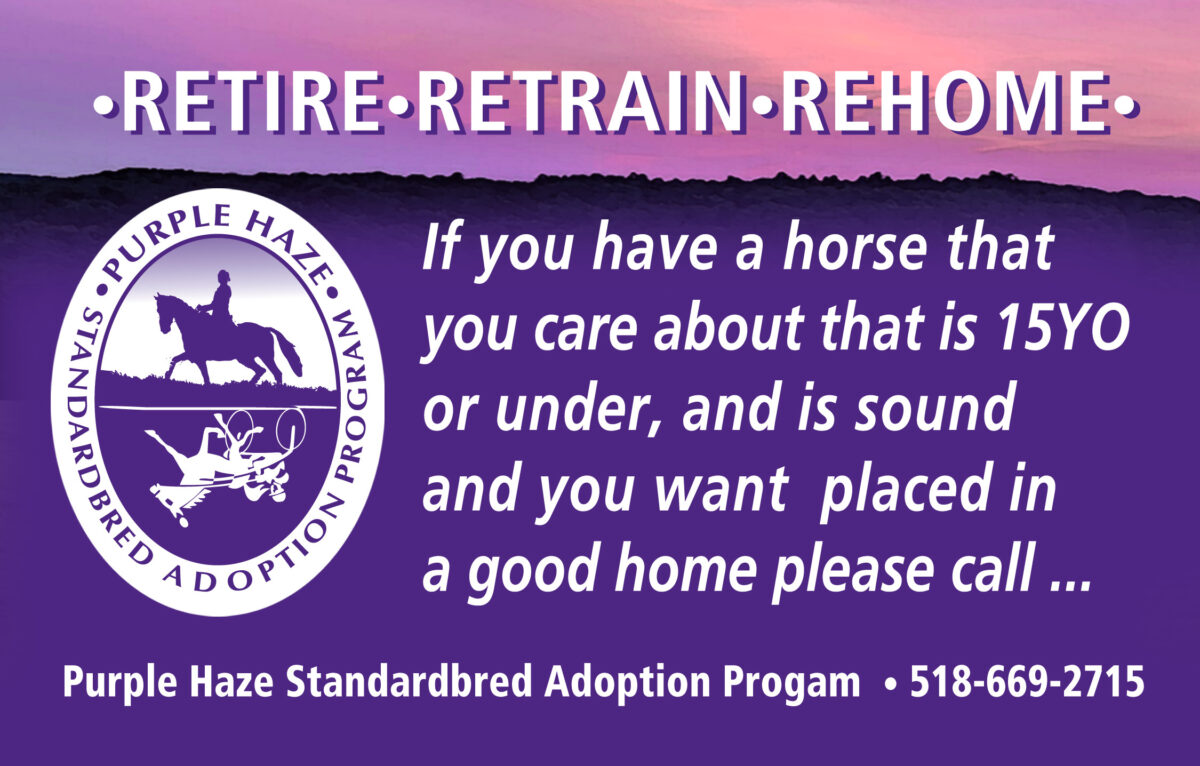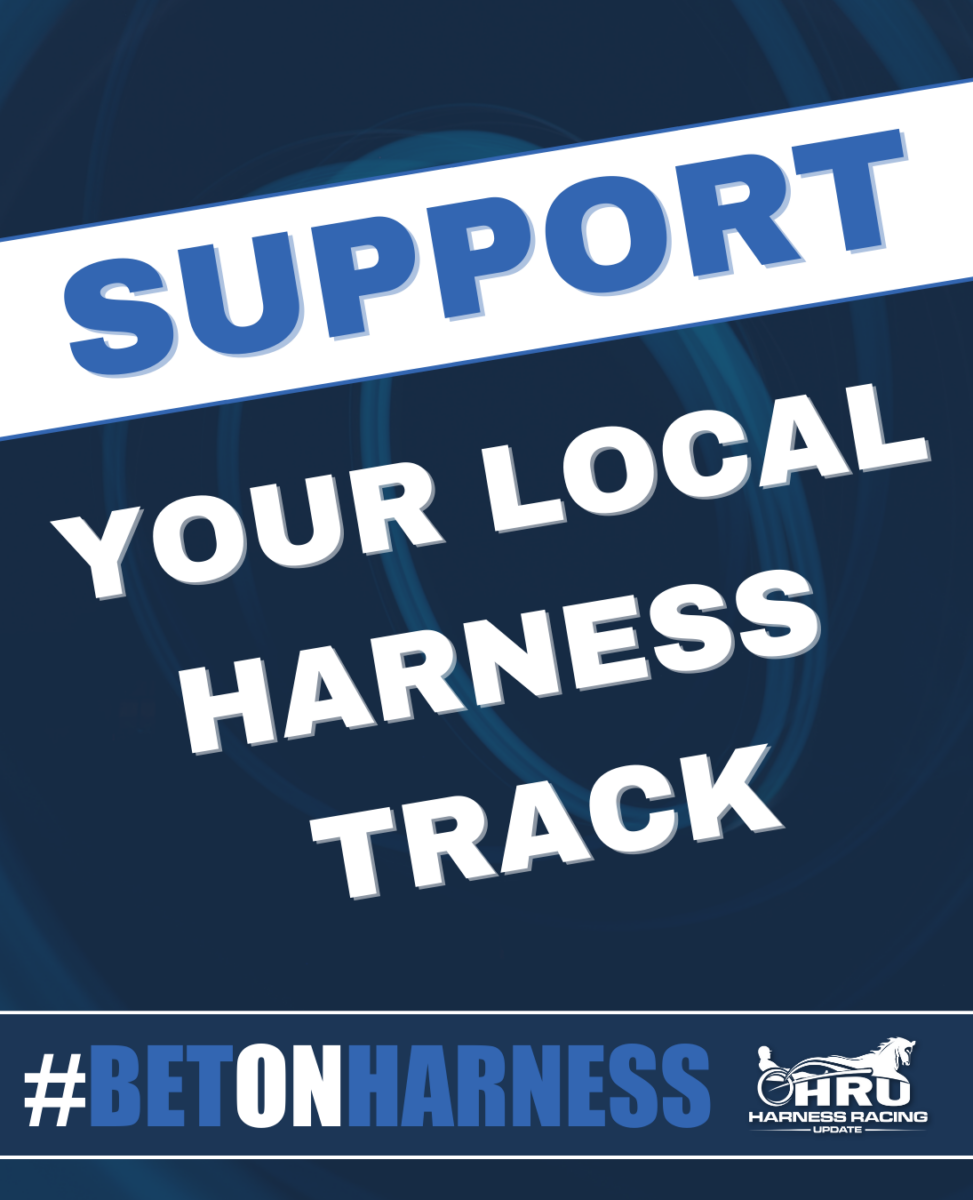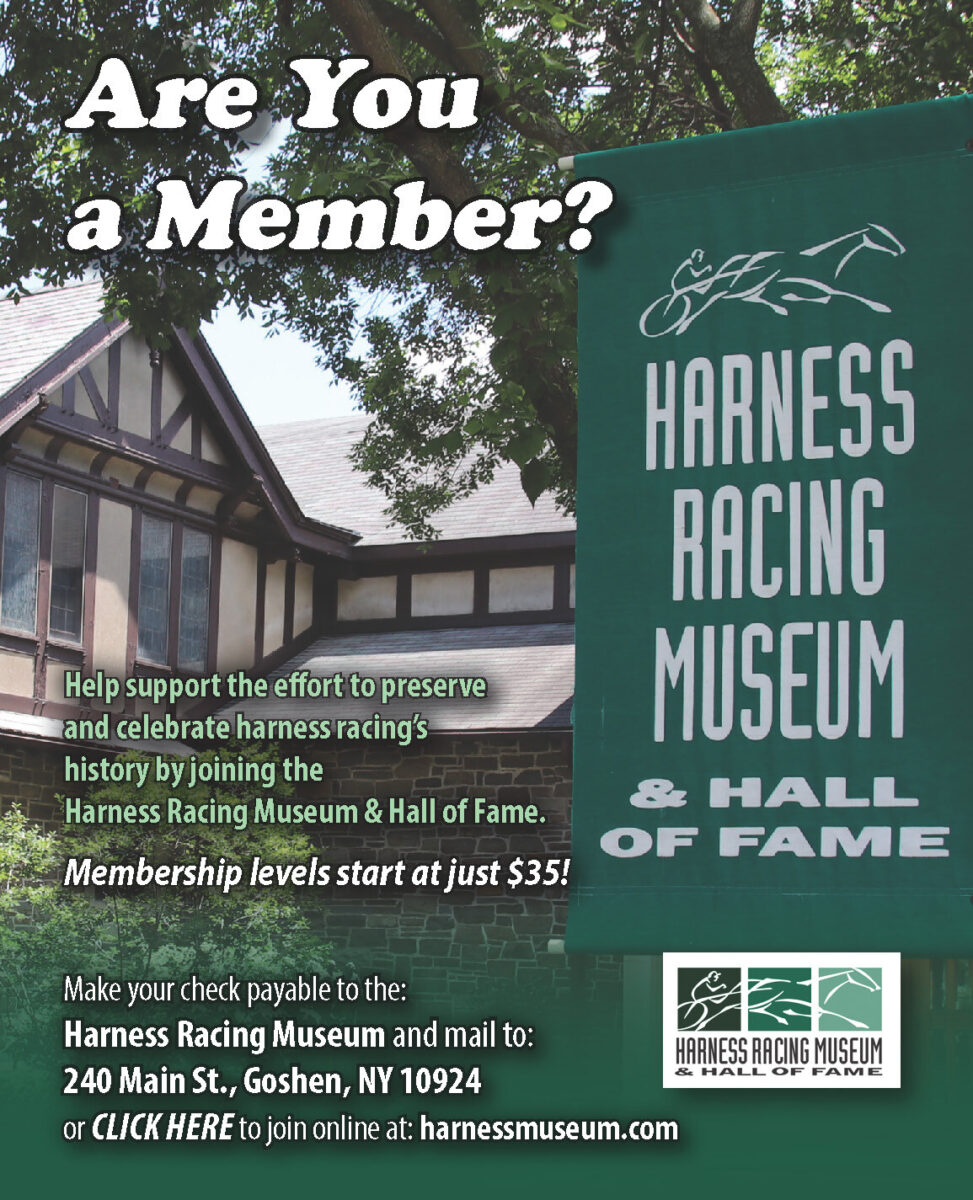What is the spin on success for Horse Racing Roulette?
by Frank Cotolo
(Note: As I write, the marketing gimmick presented in this column has not had a debut ye,t but I am betting that by the time this is being read, the marketing gimmick presented in this column will have its creators wondering what went wrong with it).
Recently, Santa Anita Park began a radical new betting scheme admittedly created as one of its “efforts to attract new fans.” For those efforts, the Santa Anita Park administration should be applauded. However, it is difficult to imagine the plan will turn people unacquainted with pari-mutuel racing into bettors, no less horse racing fanatics (remember, “fan” is short for “fanatic”).
The plan is called “Horse Racing Roulette.” In a press release introducing the new betting option, Santa Anita Park makes note that the casino game of roulette is a “long popular” game of risk “around the world” and that is true. We all know the little ball bouncing from number to number with a spin of the wheel, waiting for the revolutions’ end to sit atop a number that also has a color of red or black, which designates who won and the amount they won. Roulette has always been popular because it attracts people looking to cash bets at long odds, which define the majority of people playing casino games. Like all casino games, even though they all pay out more often with shorter odds, it is the big strike people aim to make.
Santa Anita Park’s Horse Racing Roulette is nowhere near as simple nor as quick to play as traditional roulette.
The game is partially explained this way: It “will include horses (in all races on a particular program with fields over six) marked in the track’s racing program as red, black or green, that will consist of a stand-alone win pool and payoffs will be made according to the (designated) color (in the program) of the winner and standard pari-mutuel calculations.” The brackets are mine, to clarify the poorly written original copy.
Okay, wait. Think for a moment. Read the explanation again. Now, if you were telling a “new attendee” of Santa Anita Park how to play Horse Racing Roulette, you would most likely have to address questions even if that person is acquainted with casino roulette.
Q: Do I have to pay for parking?
A: Yes, but general parking is only $4. You may be more comfortable in the Club House, which is free on Thursday and Friday; otherwise, it costs $10.
Q: Do I have to buy a racing program?
A: Absolutely. They are lovely booklets, clearly printed in a large format for only $3.
Q: What is the minimal wager?
A: It is $2, just like all bettors.
Q: What are the winning odds for a minimum wager?
A: Most of the time, the horses in the red group will consist of morning-line favorites.
Q: What are morning-line favorites?
A: (Explain the odds printed alongside horses’ names and numbers in the program)
Q: What about the green group?
A: Those will mainly be longshots.
Q: Are they also based on the morning line?
A: I guess.
Q: What about the blue group’s odds?
A: I do not know.
Q: So, a winner is paid the odds of the morning line?
A: I think not. The winning price is determined by what the horse pays to win on the toteboard.
Q: Then we don’t know how much our choice will pay when we bet?
A: Right, you will not know, but it could be more than the morning line.
Q: Or less.
A: Yes, your $2 wager can pay as little as 10 cents on the dollar.
You tell them a few more things, like what happens in a dead heat, which you define for them and then tell them; what happens if a horse is scratched, which you define for them if it is a dead heat “between two or more divergent group (colored) members, the group bet pool will be distributed as a profit split (place pool) or, if there is a triple dead heat (you define it) with as many group (colored) interests, the pool will be distributed as a profit split (show pool).”
Of course you may have to explain the concept of a “pool” in pari-mutuel racing.
The track makes one more note, a suggestion: “Fans are encouraged to carefully consult their racing program prior to wagering.” DUH.
As you may agree, this radical addition to win betting needs much explanation. As well, it will cost a new patron a few bucks to park and buy a program, at least, before making a bet. Any attempt to get people betting is a good attempt, but a plan with too many nebulous elements is not likely to be an attendance magnet.
